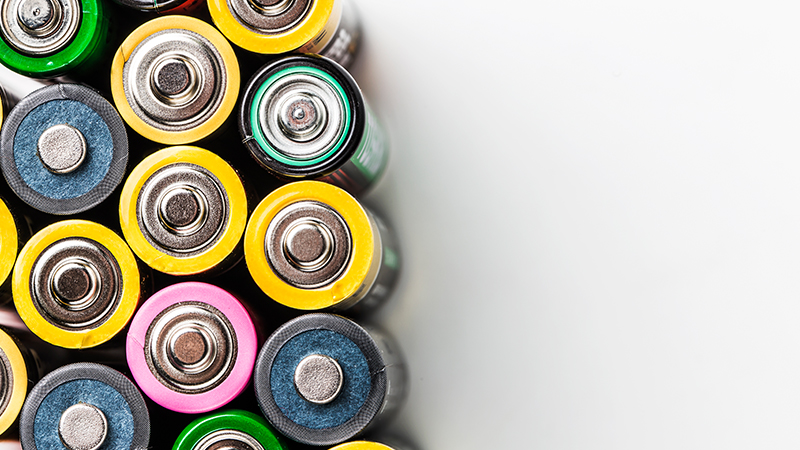
Electric Vehicle Boom Sparks Concerns Over Lithium-Ion Battery Shortages


The global market for lithium-ion batteries is projected to reach $94.15 billion by 2025 driven by the growing popularity of electric vehicles (EVs) but facing challenges such as labor and raw material shortages, delays in the construction of gigafactories, and increasing geopolitical tensions, particularly with regards to China's dominance in the battery supply chain which could impede this growth.
Raw material prices are expected to remain high in 2023 due to a lack of large-scale mining projects. In response, manufacturers are ramping up gigafactory construction, retaining top talent, and building more robust and efficient supply chains to combat the current supply shortage. The majority of capacity expansions and innovations are focused on the EV market.
The EV sector is expected to see strong growth in 2023 due to high gas prices, new and attractive EV models, and EV tax credits, all of which will drive up global demand for batteries. However, existing plans for battery capacity expansion may not be enough to meet this demand, even with significant global investments, according to a latest report by Beroe Inc.
The batteries market is currently facing a shortage due to the high demand for EVs and a critical lack of raw materials, particularly lithium. Lithium mining companies are unable to increase their supply quickly enough to meet this demand, and it will take them several years to bring new capacity online. While new lithium mining capacity is expected to come online in late 2023, this is unlikely to be enough to fully alleviate the deficit. The graphite, a key component in anodes, is also in short supply.
The industry is also facing a new wave of COVID-19 cases in China, a major battery manufacturing hub, which is expected to impact battery production in the short to mid-term, further constraining battery and battery component supplies globally.
The expected increase in battery commodity prices is likely to put pressure on the profit margins of both battery manufacturers and EV manufacturers globally. To counter this, battery manufacturers could increasingly adopt vertical integration to secure their raw materials and maintain more resilient margins.
The industry is also expected to see more investments in its upstream value chain as auto and battery manufacturers form mergers and joint ventures. This should lead to new market dynamics, with strategic industry consolidation and more resilient supply chains. Companies such as Tesla and CATL are expected to begin building lithium refineries and entering joint ventures for the production of battery-grade cathode materials in 2023.
Furthermore, there is a growing trend of demand for lithium iron phosphate (LFP) batteries, which have improved energy density, longer life cycle, improved safety, lower costs, and do not require the use of nickel and cobalt. This makes sourcing battery materials easier. Battery makers are focusing on LMFP, NMx, and LNMO cathode chemistries to reduce cell costs and avoid supply chain constraints. Battery giants such as CATL, Samsung, Panasonic, and SVOLT plan to commercialize these from 2023 onwards.
Lastly, battery recycling is becoming increasingly important from both a supply chain and environmental perspective. End-of-life EV batteries can be recycled, and the recovered materials can be used in the production of new batteries. This could help address both supply and environmental issues in the industry.
Related Insights:
View All
Get more stories like this
Subscirbe for more news,updates and insights from Beroe






